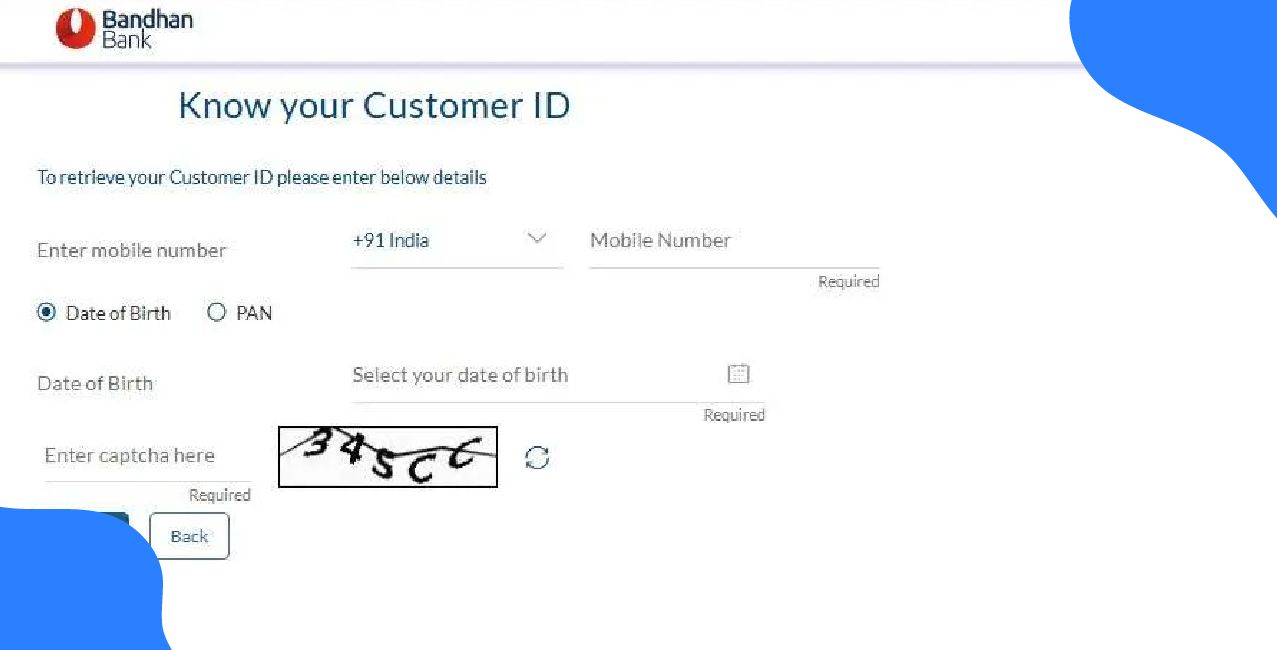
Author
LoansJagat Team
Read Time
5 Min
14 Jul 2025
GST on Paper: Why Your Notebook Just Got Pricier Than Your Lunch
Ever wondered why a pack of printing paper suddenly costs more than two samosa plates and a cutting chai?
Let us break it down with a funky example.
Meet Priya, a college student from Pune. She heads to the local stationery shop to buy a ream of A4 paper for her college assignment. The price tag screams ₹200. But wait—there’s a surprise tax twist.
The shopkeeper adds 12%Goods and Services Tax.
So, what does that mean?
GST = ₹200 × 12%= ₹24
Final price Priya pays = ₹200 + ₹24 = ₹224
That is ₹24 gone—just in tax—on something as humble as paper.
Now imagine this happening to publishers, packaging companies, printers, schools, and your neighbourhood Xerox uncle every single day. That is not just paper—it is taxed pulp wrapped in complexity.
And that, my friend, is the colourful world of GST on paper—a place where even the simplest white sheet can come with hidden price tags.
“Kagaz ka daam nahi, us par lagne waale tax ka game samjho!”
Ready to turn the page and explore the types, codes, rates, and impact of this tax? Let us flip to the next section and unroll the scroll.
GST on Paper
Below is a snapshot of different types of paper and their Goods and Servic
es Tax rates.
Observation: Printing paper is taxed more than newsprint, which is exempted entirely.
“Kaagaz badla, daam badla, tax badla – sab kuch badal gaya!”
Example
Rajeev, a printing business owner in Nagpur, recently placed a bulk paper order for a major client. He bought five types of paper—each with its own Goods and Services Tax rate.
He ordered 100 kg of printing paper at ₹70/kg. At 12 percent Goods and Services Tax, he paid ₹840 in tax, bringing his total to ₹7,840.
For 50 kg of newsprint at ₹50/kg, no tax was charged—it is zero-rated, so he paid only ₹2,500.
Next came 80 kg of coated paperboard at ₹80/kg. At 18 percent, he paid ₹1,152 in tax—₹7,552 total.
60 kg of corrugated packaging paper at ₹60/kg attracted 12 percent tax (₹432), costing him ₹4,032.
Lastly, 40 kg of recycled paper at ₹40/kg came with a 5 percent tax (₹80), totalling ₹1,680.
All in, Rajeev’s base cost was ₹21,100. But the added ₹2,504 in Goods and Services Tax took his final bill to ₹23,604.
“Kaagaz toh kharida, par tax ne jeb halka kar diya!”
For small businesses, this is not just paperwork—it is real money that shapes every invoice and every order.
Read More – GST on Stationery
HSN Codes for Paper
India follows the Harmonised System of Nomenclature (HSN) to classify goods. Below are the HSN codes specific to paper.
HSN codes help identify the correct tax rate while filing returns. For updated information, one can visit the GST Portal.
Types of Papers and Their GST Applicability – Table of Tax Rates
Different papers serve different purposes. Each has a different tax treatment.
Insight: While artistic paper is heavily taxed, handmade paper for decor gets relaxation.
“Tax ke maze mein, paper ke bhi rang hain hazaar!”
Impact of GST on the Paper Industry with Examples
The paper industry in India is diverse. From large-scale mill production to local handmade paper shops, everyone feels the tax impact.
Example 1 – Industrial Manufacturer (Mill Level):
ABC Paper Mills sells coated art paper at ₹80 per kg. With 18 % GST, it sells to distributors at ₹94.40. Distributors pass the cost to publishers, who pass it to readers. Hence, a ₹300 magazine might now be priced at ₹354.
Also Read - GST on Pen
Example 2 – Local Stationery Shop:
Maya in Kanpur buys school notebooks for ₹50 each. GST at 12 % adds ₹6. Final price = ₹56. In a month, she buys 50 notebooks. That is ₹300 extra tax in just school supplies.
Input Tax Credit (ITC) on Paper
Businesses can claim input tax credit if paper is used in further taxable supplies.
Example:
Tushar owns a packaging business. He buys kraft paper worth ₹1,00,000 and pays 12 % GST = ₹12,000. His final products are taxable at 18 %.
He charges customers ₹2,00,000 + 18 % GST = ₹2,36,000. He can reduce the ₹12,000 from this, paying only ₹24,000 instead of ₹36,000.
Calculation:
Output GST – Input GST = Final Payable GST
₹36,000 – ₹12,000 = ₹24,000
This makes it beneficial for businesses using paper in production or resale to register for input credits. Visit GST Portal for ITC to explore eligibility.
“Jo business kare smart, woh ITC ka le fayda har baar!”
Conclusion – Like a Ream of Funky Facts
From classrooms to courtrooms, paper runs India. And now, GST on paper runs its cost structure. Whether you are publishing a book, packaging a gift, or drawing a mandala, the taxman is silently watching over your sheets.
Every extra rupee paid on a paper pack is a part of India’s massive tax revolution. The Goods and Services Tax simplified categories, but also put a magnifying glass on even the most common items—like paper.
So, next time your notebook or carton costs more than expected, do not tear it up in rage. Flip back a few pages, and the answer is clear—GST on paper.
“Paper par GST laga hai, par kaagaz abhi bhi sabka raja hai!”
For regular updates on paper taxation and related rates, bookmark the CBIC GST Rates Page.
Happy printing, publishing, and paper-chasing!
Frequently Asked Questions (FAQs) Related to GST on Paper
Q1: Is GST applicable on all kinds of paper in India?
No, newsprint is exempt. Most other papers attract between 5 % to 18 % GST.
Q2: Can individuals claim ITC on paper purchases?
No, only registered businesses involved in further taxable supplies can claim input tax credit.
Q3: Why is newsprint paper exempt from GST?
To support freedom of the press and reduce costs for media houses, the government has exempted newsprint.
Q4: Are books and notebooks taxed the same way as paper?
Books are mostly exempt under Goods and Services Tax, but the paper used in making them is taxable.
Other Important GST Pages | ||||
About the Author

LoansJagat Team
‘Simplify Finance for Everyone.’ This is the common goal of our team, as we try to explain any topic with relatable examples. From personal to business finance, managing EMIs to becoming debt-free, we do extensive research on each and every parameter, so you don’t have to. Scroll up and have a look at what 15+ years of experience in the BFSI sector looks like.

Quick Apply Loan
Subscribe Now


